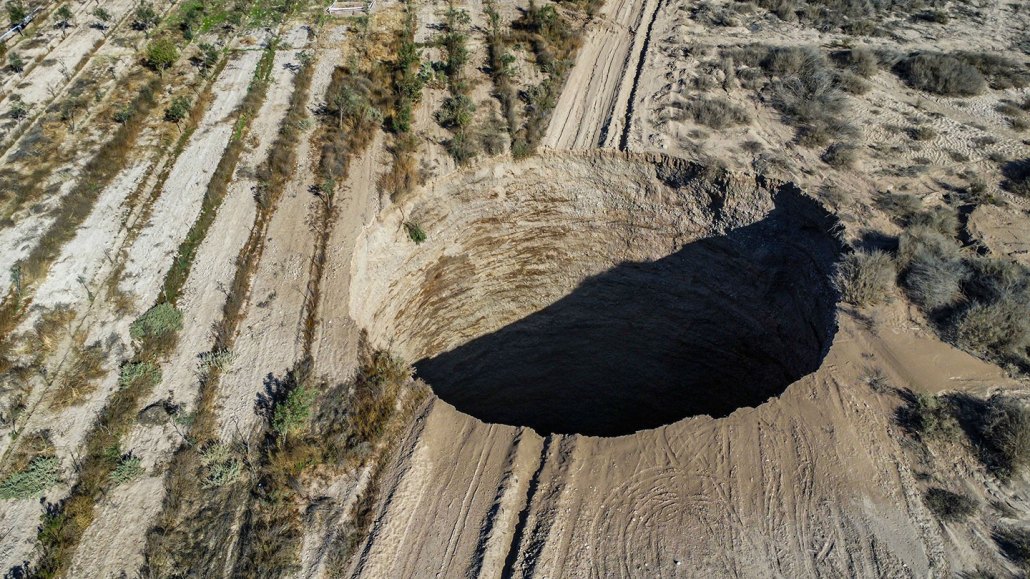
Earth
Many natural underground stores of freshwater are shrinking
A lot of these aquifers are quickly disappearing due to climate change and overuse. Fortunately, there is growth in some of the world’s major aquifers.
Come explore with us!

A lot of these aquifers are quickly disappearing due to climate change and overuse. Fortunately, there is growth in some of the world’s major aquifers.

Lake Mercer may serve as a model for better understanding the birth and life of Antarctica’s hundreds of subglacial lakes.

Bits of airborne salt may help raindrops form, removing water from clouds before it can freeze as part of the process that makes lightning.

Inland melting of the Northeast Greenland Ice Stream is accelerating — and may contribute far more to sea level rise than earlier estimates suggested.



It appears the Pine Island and “Doomsday” Thwaites glaciers are losing ice — and shrinking faster — than at any time in the past 5,500 years.

The device not only produces electricity but also harvests water for drinking or crops. It could be especially useful in remote and dry parts of the world.

Groundwater provides drinking water to billions of people and is used to water crops worldwide.

The ice shelf that had kept it in place could fail within five years. That would speed the glacier’s slip into the ocean, boosting a rise in sea levels.